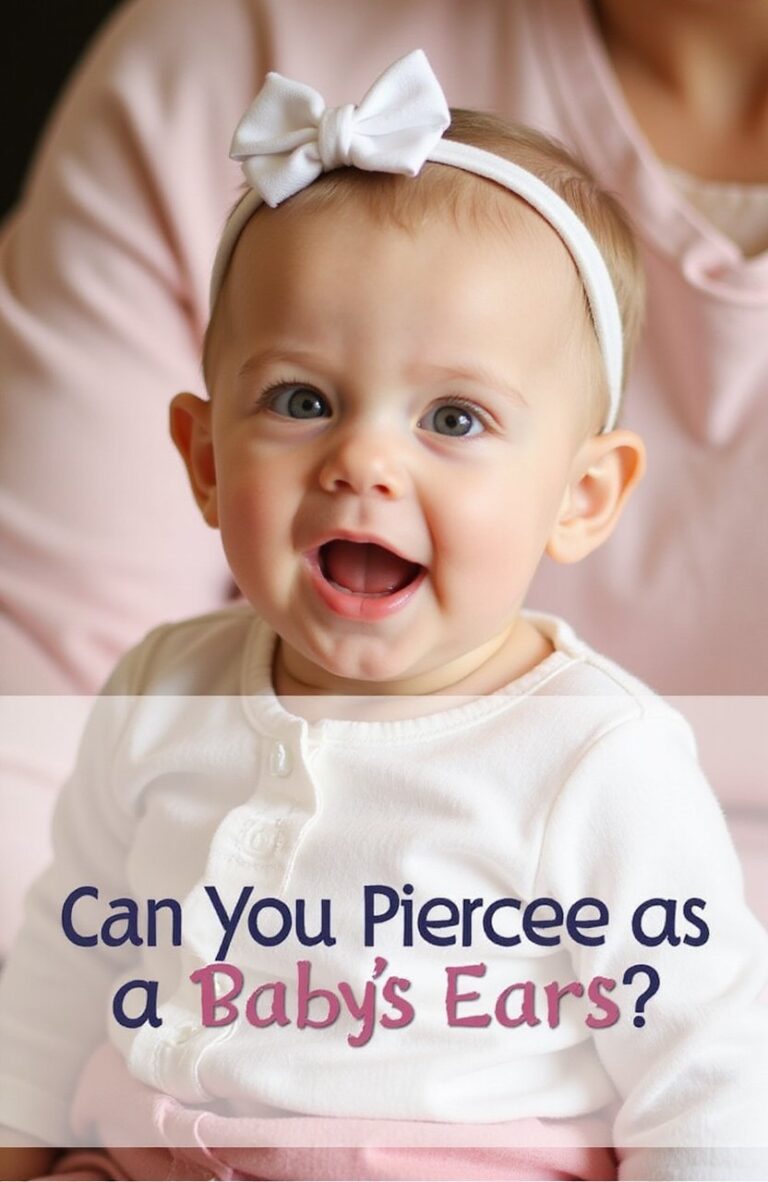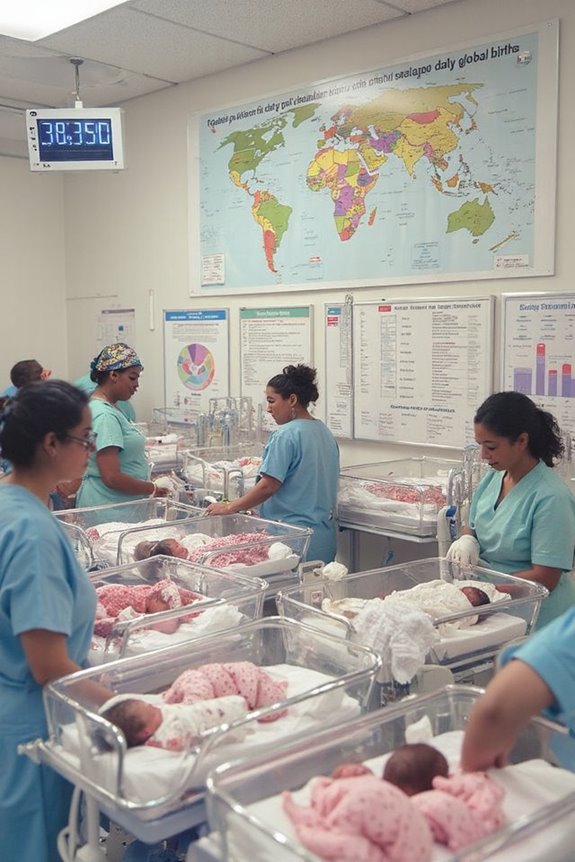Babies begin when a sperm cell from the father fertilizes an egg cell from the mother in the fallopian tube. This creates a zygote with 46 chromosomes that divides rapidly while traveling to the uterus. After 5-6 days, the developing embryo implants in the uterine lining. Over nine months, the embryo develops into a fetus with functioning organs and body systems. The following sections explore each stage of this remarkable journey in greater detail.
Key Takeaways
- Babies begin when a sperm cell from the father fertilizes an egg cell from the mother in the fallopian tube.
- Fertilization creates a zygote with 46 chromosomes that divides rapidly while traveling to the uterus.
- After 5-6 days, the developing embryo implants in the uterine lining where it grows throughout pregnancy.
- During weeks 5-8, critical organ systems form, followed by continued development and growth for approximately nine months.
- Pregnancy concludes with childbirth when the baby moves through the birth canal and enters the world.
The Journey of Gametes: Eggs and Sperm
When we consider where babies come from, we must first understand the remarkable cells that make reproduction possible. These specialized cells, called gametes, are the building blocks of human life.
In men, sperm production occurs in the testes through a process called spermatogenesis. This begins at puberty and continues throughout life, with each production cycle taking about 64 days. Sperm mature in the epididymis, where they develop the ability to swim.
For women, egg maturation happens in the ovaries. Unlike the continuous production of sperm, eggs begin developing before birth but remain dormant until puberty. During each monthly cycle, typically only one egg completes maturation and is released during ovulation.
Both gametes contain half the chromosomes of normal body cells, allowing them to combine during fertilization.
The Miracle of Fertilization
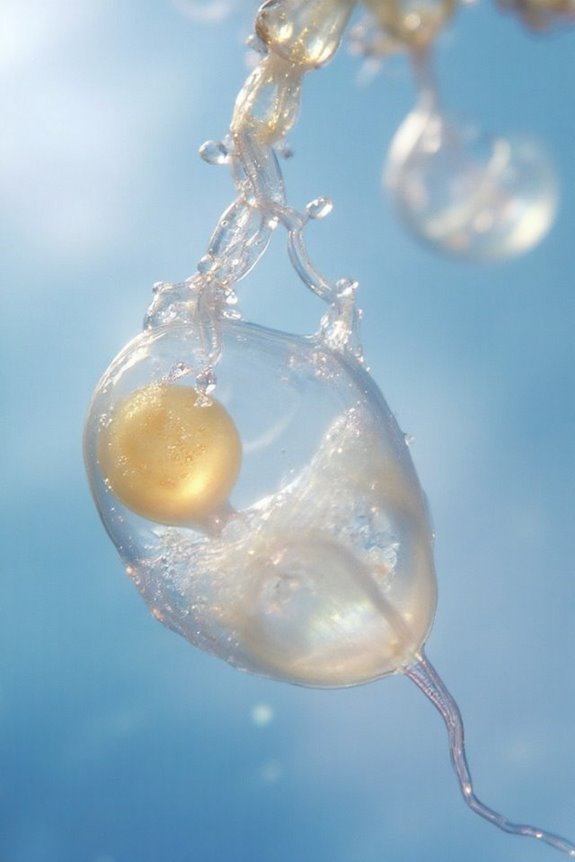
After the gametes begin their journey, fertilization marks the remarkable moment when human life begins. This process occurs in the ampulla of the fallopian tube, where the sperm must overcome several barriers to reach the egg.
The fertilization significance cannot be overstated – it’s where a unique genetic combination forms, determining traits like gender and eye color. Before this can happen:
- Sperm undergo capacitation in the female reproductive tract
- The acrosome reaction releases enzymes to penetrate the zona pellucida
- Sperm and egg nuclei fuse to form a zygote with 46 chromosomes
Hormonal influence plays an essential role throughout this process. Progesterone attracts sperm by increasing their motility through the CatSper receptor, while also creating an ideal environment in the reproductive tract for successful fertilization.
From Zygote to Implantation
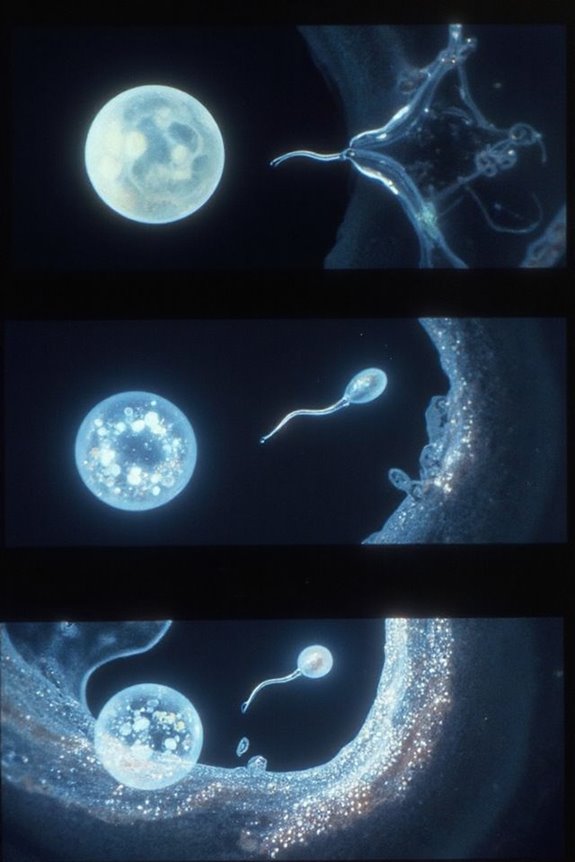
The miracle of human development continues as the newly formed zygote begins its remarkable journey toward implantation. This tiny cell, formed in the fallopian tube, contains the complete genetic blueprint for a new human.
Zygote Formation
- Created when sperm penetrates egg, combining 46 chromosomes
- Begins dividing rapidly while traveling through the fallopian tube
- All early cells are totipotent, capable of becoming any cell type
Blastocyst Transformation
- After 5-6 days, the dividing cells form a hollow ball structure
- Two distinct cell groups emerge: the trophoblast (future placenta) and inner cell mass (future baby)
- Reaches the uterus and implants in the thickened endometrium around day 6
- Implantation initiates essential connections between mother and developing embryo
Pregnancy Development and Growth
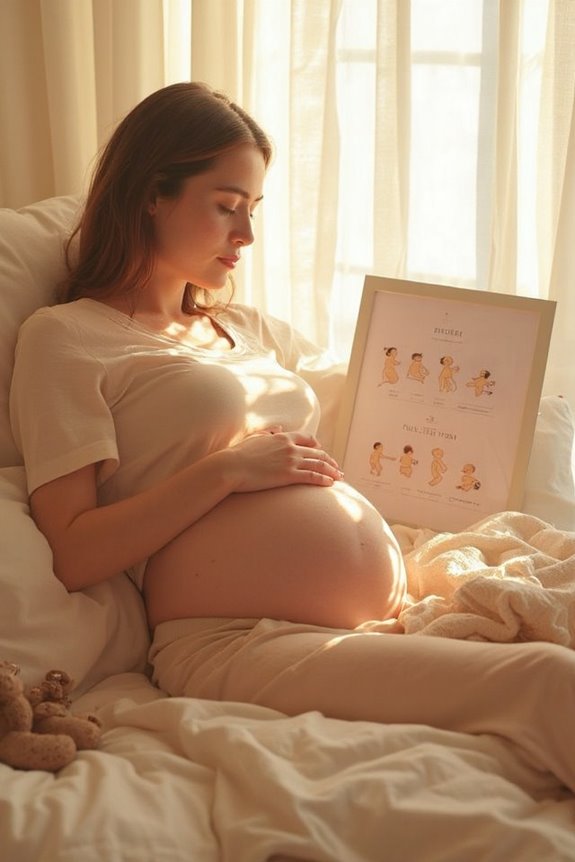
Once a tiny blastocyst successfully implants in the uterine wall, your baby’s development accelerates through a fascinating series of transformations.
During the embryonic development phase (weeks 5-8), critical systems begin forming. Your baby’s heart, brain, and spinal cord start taking shape while cells rapidly differentiate into specialized functions. This period requires careful attention as it’s when your developing baby is most vulnerable to substances that might cause birth defects.
Around week 9, fetal maturation begins. During this stage:
- Organs continue developing and preparing for life outside the womb
- The brain forms distinct areas
- Sensory capabilities emerge as eyes and ears develop
- Bone tissue forms to support skeletal growth
Throughout pregnancy, your baby’s brain continues developing while physical growth and sensory capabilities steadily advance.
The Female Reproductive System Explained
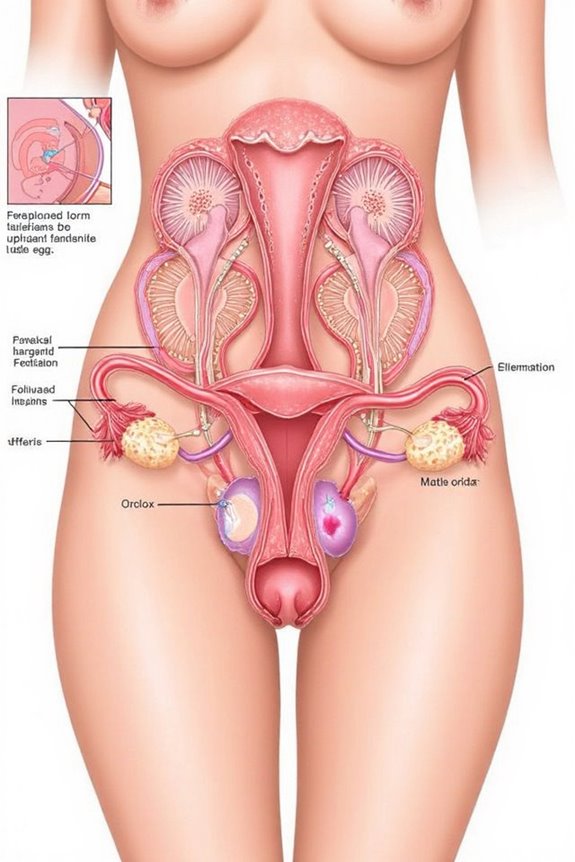
Understanding your body’s reproductive system provides essential knowledge about how fertility and pregnancy become possible. The female reproductive anatomy consists of both external parts (the vulva) and internal organs including the vagina, uterus, fallopian tubes, and ovaries.
The reproductive system functions through careful hormonal regulation:
- Ovaries produce eggs and essential hormones (estrogen and progesterone)
- Fallopian tubes transport eggs and serve as the fertilization site
- The uterus houses a developing baby during pregnancy
- The cervix connects the uterus to the vagina
During the menstrual cycle, hormones trigger egg development, ovulation (egg release), and preparation of the uterine lining. If fertilization occurs in the fallopian tube, the fertilized egg implants in the uterus, beginning pregnancy. Without fertilization, the uterine lining sheds as menstruation.
The Male Reproductive System’s Role
While eggs develop within the female body, men’s reproductive systems play an equally essential role in human conception. The process begins in the testicles, where testosterone production and sperm development occur.
The journey of sperm follows a specific path:
- Created in the seminiferous tubules within the testes
- Moved to the epididymis for sperm maturation (a process taking 2-3 weeks)
- Transported through the vas deferens when ejaculation occurs
- Mixed with fluids from the prostate and seminal vesicles to form semen
During ejaculation, this mixture travels through the urethra and exits the penis. A single ejaculation can contain millions of sperm cells, though only one is needed to fertilize an egg. The quality of sperm depends on various factors including diet, health status, and environmental exposures.
Birth and Delivery: The Final Stage
After sperm successfully fertilizes an egg, a miraculous nine-month journey culminates in the final stage: birth and delivery.
The delivery process unfolds through three distinct labor stages:
- First Stage: This longest phase involves cervical dilation to 10 centimeters. Early labor features mild contractions, while active labor brings stronger, more frequent contractions.
- Second Stage: Once fully dilated, the mother experiences an urge to push. The baby “crowns” as its head becomes visible, and healthcare providers guide delivery through the birth canal.
- Third Stage: Within 30 minutes after the baby arrives, contractions resume to deliver the placenta.
After delivery, medical professionals cut the umbilical cord and monitor both mother and baby. They’ll provide guidance on physical recovery and emotional support during the postpartum period.
Frequently Asked Questions
Can Twins Feel Each Other’s Pain?
There’s limited evidence twins feel each other’s pain. While research shows twin fetuses interact and may have a special connection through shared experiences, I can’t confirm they truly sense their twin’s pain.
How Do Babies Breathe Inside the Womb?
Inside their little water palace, babies don’t breathe air like we do. I can tell you fetal respiration happens through the umbilical cord, not their lungs. They practice breathing movements in amniotic fluid instead.
Why Do Some Women Have Easier Pregnancies Than Others?
I’ve found that easier pregnancies often come down to individual pregnancy factors like genetics, age, and previous experiences. Your maternal health, including lifestyle choices and pre-existing conditions, plays a huge role too.
Can Babies Dream Before They’re Born?
Holy telegram, yes! I believe babies likely experience dream-like states before birth. When their REM sleep begins around seven months gestation, fetal consciousness emerges. Though we can’t confirm prenatal memory formation, their brain activity suggests dream-like experiences.
Why Do Some Babies Look More Like One Parent?
I often see babies resembling one parent more because of dominant genetic traits. When certain genes from one parent are more strongly expressed, they create a notable parental resemblance in physical features.


